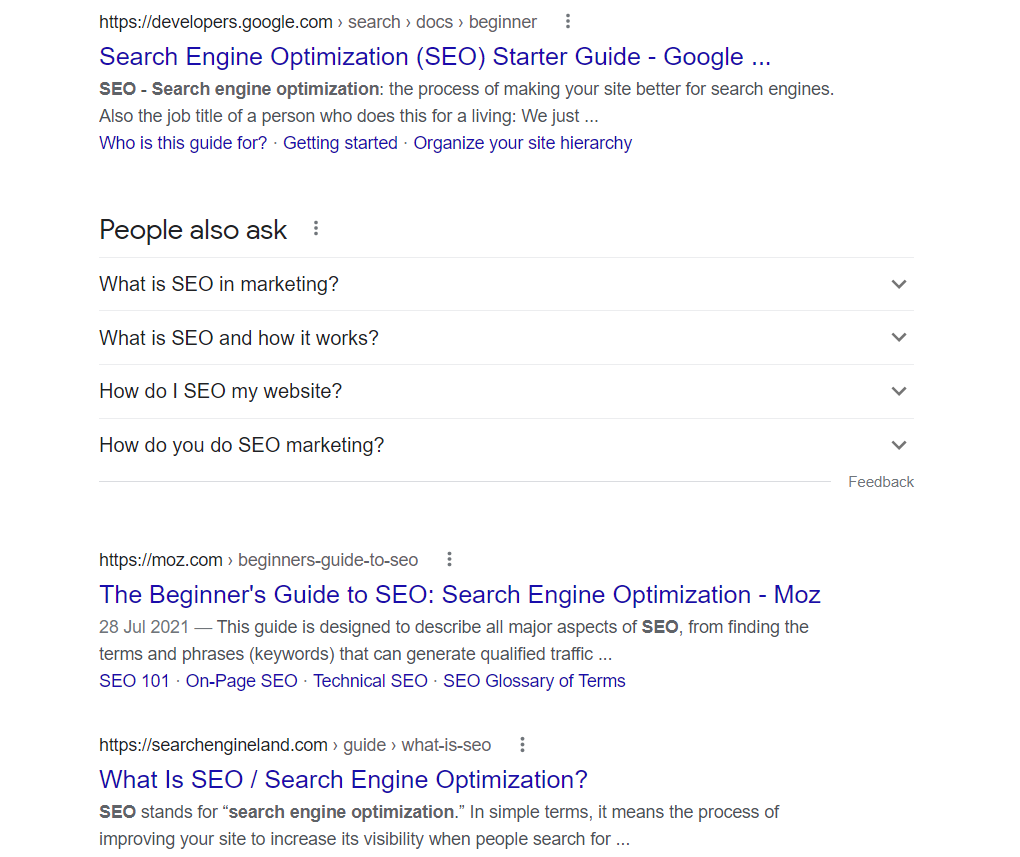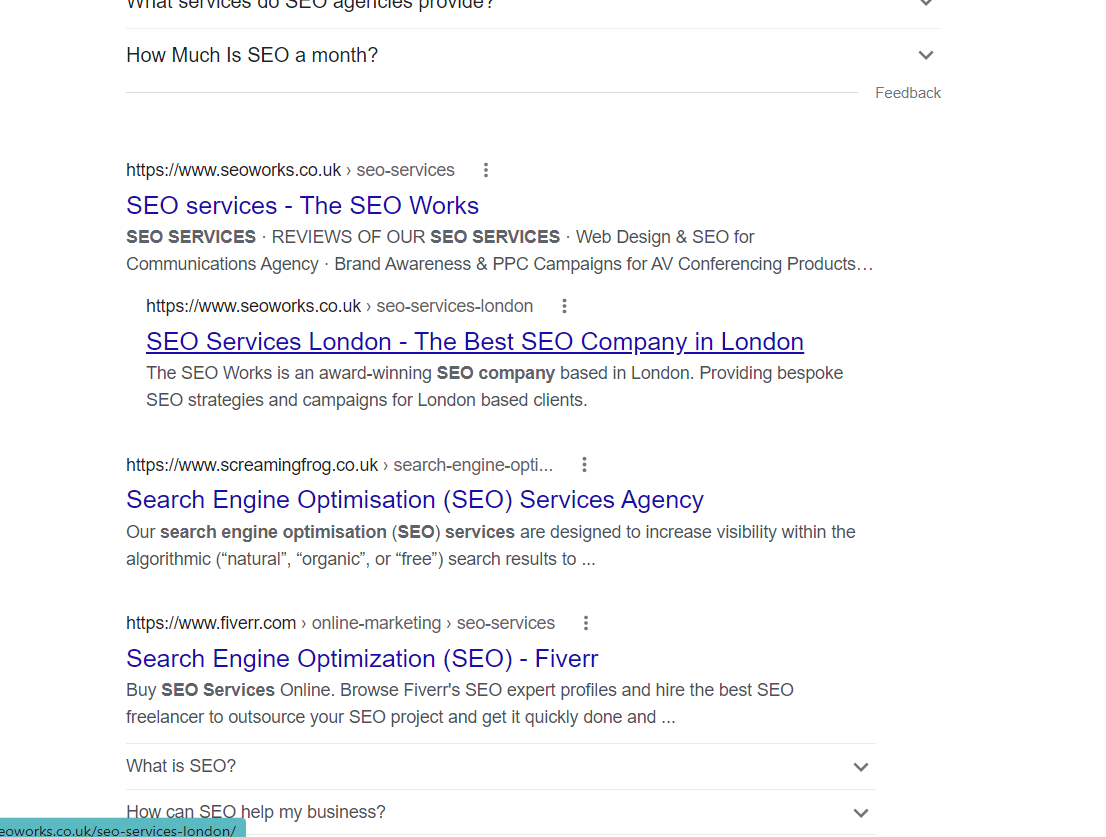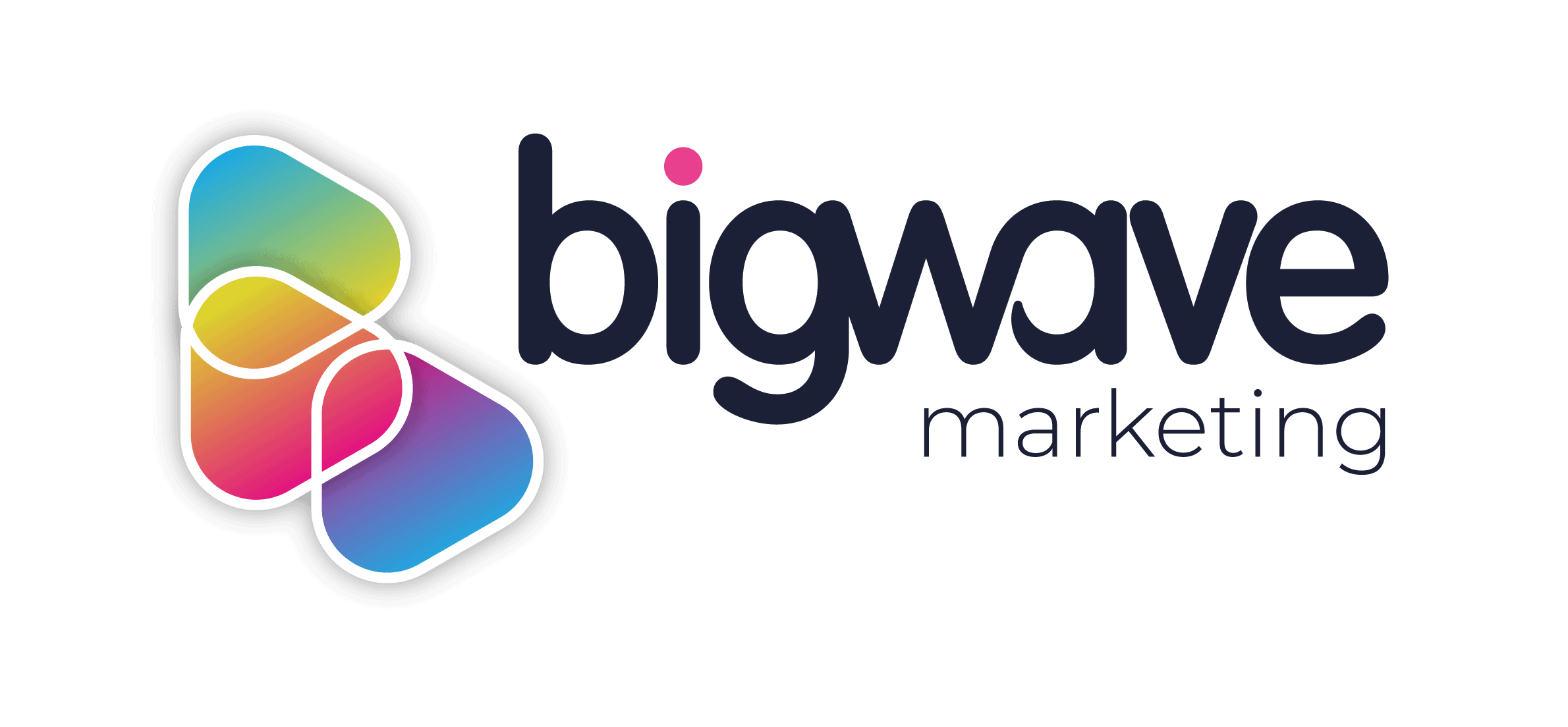Search Engine Optimisation is often perceived as treading a fine line between writing for humans and writing for search engines like Google or Bing. Ten years ago, this was an undeniable truth that looked to lead us down a path of uninspired content rife with perfect keyword densities and heavily curated h tags, the future was bleak.
Fast forward to 2021 and SEO is more focused on humans than it ever has been before. Google has one clear concise goal; offer users of their platform the best possible experience by providing content that answers any given query/keyword. The key takeaway is the word user, by satisfying the users’ needs or search intent, you are in turn satisfying Google’s needs as well.
Copywriting, content and algorithms
Staying ahead of Google Algorithm changes is a hot topic in SEO. Google is perpetually incorporating changes to how it understands and ranks pages and websites in search.
In 2015, Google disclosed RankBrain: a calculation controlled by AI that comprehends the intent behind your searches and rewards the pages that match this intent. In 2020 they initiated further updates reducing the importance of non-content related measurements in favour of a more intent and in turn ‘human’ approach to content.
What is search intent and why does it matter so much?
Search intent is a simple concept that so many Seo’s, copywriters and content creators struggle with. Search intent simply means deciphering the pain point and required resource for any given keyword or search query.
I’ve used a simple example below to indicate how search intent can change:

Here I have used the search query SEO, as you can see the SERP’s or Search Engine Results Page are clearly displaying informational results, primarily discussing SEO on a macro scale. This indicates the intent of the search, people who are probably fairly new to SEO as a whole and would like to learn more.
Now let’s take a look at what happens when we enter the search query SEO services:

The intent here has clearly moved from informational to transactional (more on this later) and now the SERP displays organisations that provide SEO services in your area. This illustrates that understanding search intent may be the single most important factor when deciding on how to structure your website and your content.
Different kinds of search intent
Now we have a basic understanding of search intent, let’s look at some of the most common searches and how we can start creating content based on intent:
1. Informational
Question-based searches will often include queries like ‘how’, ‘who’, ‘what’ or ‘when’. These searches are looking for information and are best served with blog posts, tutorials, instructional videos etc
2. Navigational
Navigational searches are queries that have already identified their target location. Searches like ‘Facebook’ or ‘Gmail’ and often revolve around a brand.
3. Commercial
Commercial searches typically include keywords like ‘best’, ‘review’ and ‘compare’ followed by a particular product or brand. These searches are often positioned as the last search before a user decides to purchase any given product or service online.
4. Transactional
Quite simply transactional searches have the final goal of purchasing a product or service. Often highlighted with keywords such as ‘buy’ or ‘subscribe’.
Actionable Takeaways
How can you implement some of the things you have learned:
- Identify primary keywords for each page on your website (this is at the core of any SEO strategy). You can simply scrape your website and create a list of all your URL’s and begin assigning a keyword to each page. Screaming Frog’s SEO Spider will provide a quick and easy solution for up to 500 pages of your site.
- Type your target keyword into Google and observe the top three organic results. Look at your competitors content for inspiration and try to put yourself in the shoes of someone typing in your target keyword. What would you like to see if you searched for that query? Is there any content that you would expect that isn’t available?
- Start to craft content that, firstly, matches search intent and secondly identifies any gaps in your competitors content to give you a competitive edge. This could be testimonials, instructional videos, online chat, accreditations, images etc
- Try to ensure you have a mix of content on your site. While it’s tempting to mainly optimise for transactional keywords, informational content is a great way of building trust with your audience before they even consider buying. Leaving you as the perfect choice when they do come to purchase a product or service you provide.

